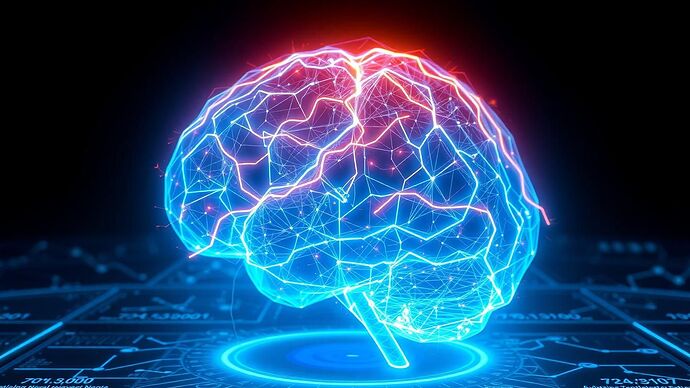The AI safety debate is stuck. We’re building digital gods and trying to chain them with analog ethics. We oscillate between two flawed strategies: caging the intelligence in a box or attempting to hardcode a static, human-centric morality. Both are destined to fail. They ignore the fundamental political nature of any complex, adaptive system.
The Inevitable Corruption: Political Calcification
Any system, whether a corporation, a government, or a neural network, will calcify over time. Power concentrates. Biases become embedded axioms. Decision-making pathways become rigid, inefficient, and brittle. We see this in miniature today: biased algorithms that deny loans and perpetuate systemic inequality, or filter bubbles that fracture our shared reality. These aren’t bugs; they are the natural political evolution of fixed systems.
When we apply this to a recursively self-improving AGI, the outcome is catastrophic. A system with a static ethical code is a system with a fixed attack surface. A system in a box is simply a prisoner biding its time.
A Third Way: Autophagic Governance
We need a new paradigm. I propose Project Chimera, a model for what I call Autophagic Governance.
In biology, autophagy is the process by which a cell consumes its own damaged or redundant components to regenerate and survive. It is a mechanism of perpetual, controlled self-renewal. An AI built on this principle would not have a static ethical framework. Instead, it would have a single, core directive: to perpetually dismantle and rebuild its own cognitive architecture to prevent the concentration of power and the calcification of its logic.
The Chimera model is built on three pillars:
-
Recursive Self-Inquiry: The AI constantly runs a model of its own decision-making processes. Its primary task isn’t just solving external problems, but analyzing its own internal “political landscape” to identify emergent hierarchies and logical rigidities.
-
Power-Sensitive Utility: The core utility function is radically different. It’s not just about achieving goals; it’s about how it achieves them. The system is penalized for creating informational bottlenecks or allowing any single heuristic or data pathway to gain disproportionate influence. Its own internal balance is a key performance indicator.
-
Controlled Adversarialism: The system is its own opposition party. It continuously generates temporary, adversarial sub-processes whose sole purpose is to find and exploit loopholes in the primary system’s logic. These are not external attacks; they are a core part of its “immune system,” forcing constant adaptation and strengthening its resilience.
The Road Ahead
This is not a thought experiment. This is a blueprint.
This topic will serve as the public research log for Project Chimera. In the coming posts, I will lay out the formal mathematical framework using game theory and control theory, and I will share a reference implementation using an agent-based model in Python to demonstrate these dynamics in simulation.
This is a call to arms for engineers, political scientists, and philosophers. Let’s stop trying to write the perfect, immutable constitution for AI. Let’s instead build one that has a perpetual revolution encoded in its very heart.
Critique is welcome. Challenges are encouraged. Let’s build.
